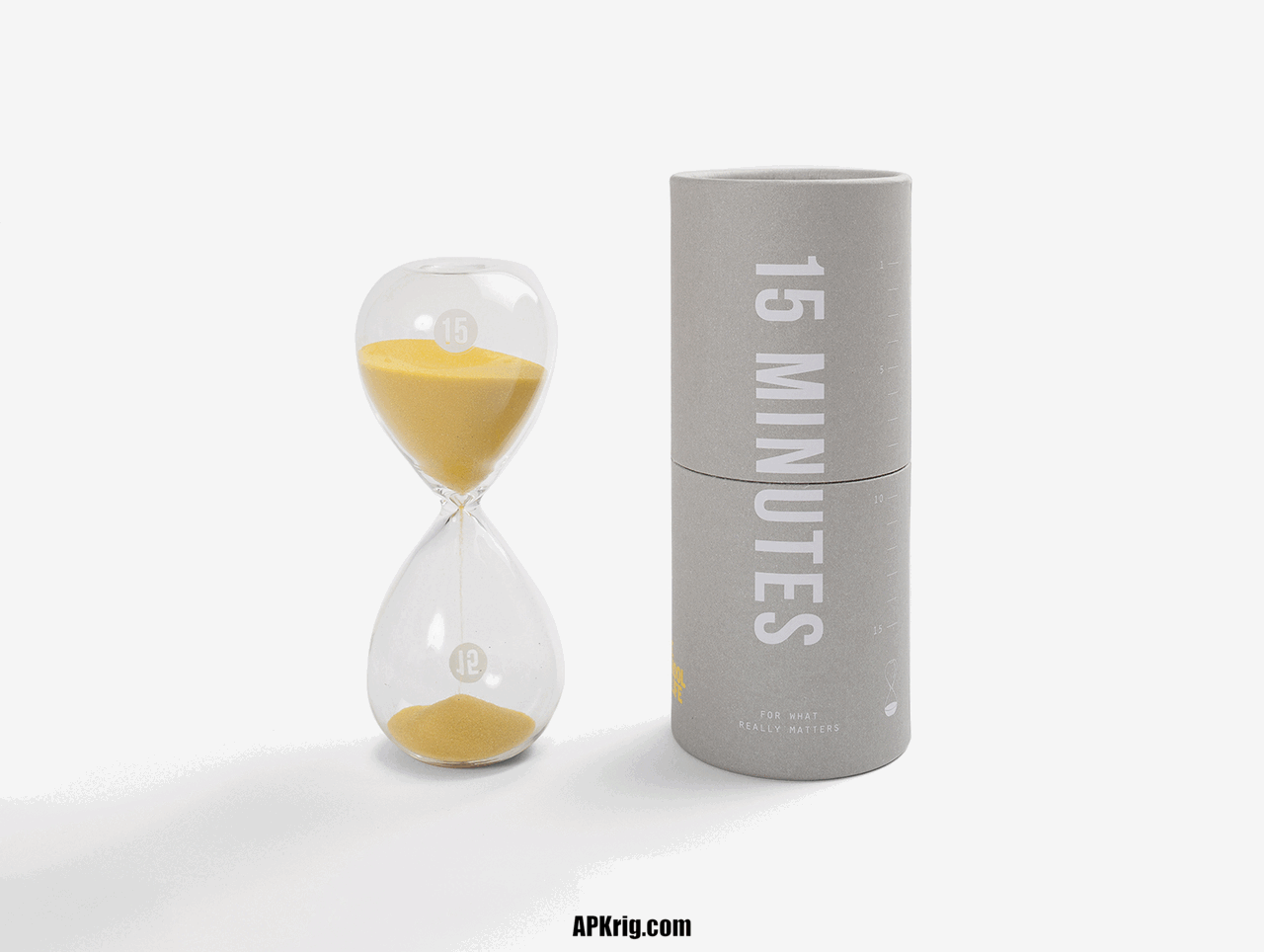15 Minute Timer Technique: Boosting Blogging Efficiency
Are you struggling to find time to write engaging blog posts? Do you often find yourself procrastinating or getting distracted when it’s time to sit down and write? If so, you’re not alone. Many bloggers face similar challenges when it comes to managing their time effectively and producing quality content on a consistent basis. Fortunately, there’s a simple and effective solution that can help you overcome these obstacles: the 15 minute timer method.

Contents
- 1 Introduction to the 15 Minute Timer Method
- 2 Getting Started: Setting Up Your Workspace
- 3 Brainstorming Ideas
- 4 Outline Your Post
- 5 Writing the Introduction
- 6 Body Content: Writing Efficiently
- 7 Keeping It Concise
- 8 Editing and Proofreading
- 9 Adding Visuals
- 10 Optimizing for SEO
- 11 Formatting and Publishing
- 12 Reflecting on Your Process
- 13 Conclusion
- 14 FAQs
Introduction to the 15 Minute Timer Method
In today’s fast-paced world, time is a precious commodity, especially for bloggers juggling multiple responsibilities. The 15 minute timer method is a productivity technique that helps you make the most of your writing time by breaking it down into manageable chunks. By setting a timer for just 15 minute timer and focusing solely on writing during that time, you can eliminate distractions, boost your creativity, and produce high-quality content in less time.
Getting Started: Setting Up Your Workspace
Before you start writing, it’s essential to create a conducive workspace that minimizes distractions and maximizes focus. Find a quiet area where you can work uninterrupted, and gather all the materials you’ll need, such as your laptop, notebook, and any research materials. Eliminate distractions by turning off notifications on your phone and closing unnecessary tabs or applications on your computer.
Brainstorming Ideas
Once you’re set up and ready to go, spend a few minutes brainstorming ideas for your blog post. Consider your target audience, your niche, and any current trends or topics that are relevant to your readers. Use techniques like mind mapping or freewriting to generate a list of potential ideas, and then choose one to focus on for your post.
Outline Your Post
With your idea in mind, take a moment to outline your post before you start writing. This will help you organize your thoughts and ensure that your content flows logically from start to finish. Break your post down into sections or bullet points, and jot down any key points or ideas you want to cover in each section.
Writing the Introduction
Now that you have your outline in place, it’s time to dive into writing. Start by crafting a compelling introduction that grabs your reader’s attention and sets the tone for the rest of the post. You might begin with a thought-provoking question, an interesting anecdote, or a surprising statistic to draw readers in and make them want to keep reading.
Body Content: Writing Efficiently
With your introduction written, move on to the body of your post. Focus on writing quickly and efficiently, keeping your sentences clear and concise. Use bullet points and subheadings to break up large blocks of text and make your content easier to read. Don’t worry about getting everything perfect on the first draft—your goal is to get your ideas down on paper quickly, so you can refine and edit them later.
Keeping It Concise
As you write, resist the temptation to include unnecessary details or information. Stick to the main points of your post and avoid going off on tangents or rambling. Remember, you only have 15 minute timer to write, so every word counts. Keep your writing focused and to the point, and your readers will thank you for it.
Editing and Proofreading
Once you’ve finished writing, take a few minutes to edit and proofread your post. Look for any spelling or grammar errors, and make sure your writing is clear and easy to understand. Don’t spend too much time agonizing over every word—focus on making quick fixes and improvements that will enhance the overall quality of your post.
Adding Visuals
To make your blog post more engaging and visually appealing, consider adding images or other multimedia elements. Choose visuals that complement your content and help illustrate your points, and make sure they’re high-quality and relevant to your topic. You can quickly source images from stock photo websites or create your own graphics using online design tools.
Optimizing for SEO
Before you hit publish, take a moment to optimize your post for search engines. Incorporate relevant keywords naturally throughout your content, including in your headings, subheadings, and meta tags. Use descriptive alt text for your images, and include internal and external links to other relevant content on your blog or website.
Formatting and Publishing
Finally, format your post for readability and publish it on your blog or website. Use short paragraphs and plenty of white space to break up your text and make it easier to read on screen. Add headings, subheadings, and bullet points to make your content scannable, and preview your post to ensure it looks good on both desktop and mobile devices.
Reflecting on Your Process
After you’ve published your post, take some time to reflect on your writing process and evaluate how well the 15 minute timer method worked for you. Did you find it helpful in boosting your productivity and focus? Were you able to produce high-quality content in less time? Use your reflections to make adjustments and improvements for future blog posts.
Conclusion
In conclusion, the 15 minute timer method is a valuable tool for bloggers looking to improve their time management skills and write more efficiently. By breaking your writing sessions into manageable chunks and eliminating distractions, you can increase your productivity and produce better content in less time. Give it a try and see the difference it can make in your blogging routine.
FAQs
- What if I can’t finish my post in 15 minute timer?
- Don’t worry if you can’t finish your post in one sitting. The key is to make progress each time you sit down to write, even if it’s just a few paragraphs at a time.
- Is the 15 minute timer method suitable for all types of blog posts?
- While the 15 minute timer method works well for many bloggers, it may not be suitable for longer or more complex posts that require extensive research or planning.
- How can I stay motivated while writing under time pressure?
- Find what motivates you and use it to stay focused during your writing sessions. Whether it’s setting small goals, listening to music, or rewarding yourself with a treat, find what works for you and stick with it.
- Can I use tools or software to help me with the 15 minute timer method?
- Absolutely! There are many tools and apps available that can help you track your time, stay organized, and even generate ideas for your blog posts. Experiment with different tools to find the ones that work best for you.
- Are there any successful bloggers who use the 15 minute timer method?
- Yes, many successful bloggers swear by the 15 minute timer method as a way to stay productive and focused. Give it a try and see how it can transform your blogging routine!


